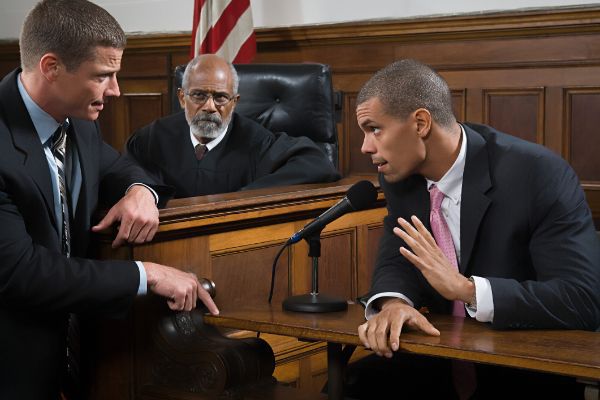Tools Of Trial Advocacy – Direct Examination

The ability to effectively question witnesses and elicit information is a necessary and crucial skill for an attorney advocate to develop and master. Any attorney who plans on a legal career that involves litigation must address this valuable skill and tool of trial advocacy. According to one judge, direct examination of a witness is one of the rare times that an attorney has a substantial measure of control over how the story of a witness, including client, gets told to the jury in the most compelling manner, logically presented and uninterrupted.
The direct examination of witnesses is the most important component of a trial. While cross-examination and closing argument may provide more opportunities for eloquence and excitement, the direct examination of witnesses will provide the key evidence necessary for jurors to favorably decide a case.
It is no secret that many attorneys have poor direct examination skills and often ineffectively present witnesses, with the result that they fail to elicit coherent evidence during a direct exam. Attorneys cannot simply call a witness and ask, “What happened?” An attorney’s direct examination must elicit the knowledge of a witness in a way that helps the jury understand, remember and believe it.
A direct examination may be challenging based on several considerations. First, witnesses are only human, and their knowledge may be limited to only part of the event. They may have memory issues and poorly recall what they know or even contradict the testimony of other witnesses.
The testimony ultimately elicited from a witness depends on the questions asked by the attorney during direct examination – witnesses can testify only in response to what they are asked. Attorneys must ask those questions that the witness can clearly understand and allow the witness to recount his or her knowledge in a sequential, story-like, easy to understand fashion.
Another factor when considering the direct examination of a witness is that the form of questions and the content of testimony are both limited by the rules of evidence. Attorneys must have a clear, extensive understanding of the hearsay rule. The rules of evidence tend to make telling the complete story difficult and non-intuitive, which provides a challenging hurdle for attorneys to overcome in any trial.
During direct examination, opposing counsel may object and interrupt testimony, which may cause a witness to lose focus or even recall a fact. A witness may be intimidated into believing that some aspect of his or her testimony is improper thus causing the objection. As a response, attorneys must be prepared to resolve the objection and follow it with questions that will help the witness focus and avoid getting untracked.
An attorney must address and resolve these obstacles and present the testimony of witnesses persuasively in a manner that the jury can clearly understand. Witnesses and their testimony must be presented clearly and logically so that witnesses describe the events they observed as a component of the overall story, each building the elements of a cause of action or defense.
It is not enough to present enough evidence for a prima facie case but it is also necessary to make such evidence persuasive and memorable. Attorneys must persuade juries to decide in favor of their clients and direct examination is an essential, key component of achieving it.
An attorney-advocate must have an effective arsenal of weapons in her trial advocacy toolbox. Not all law schools emphasize trial advocacy skills like the California Desert Trial Academy. The CDTA was founded with the philosophy of not only teaching students the substantive law, but on training, educating, and developing students to be exceptional attorney-advocates. The development of trial advocacy tools is essential to success in any judicial or administrative setting. Call us today at (760) 342-0900 or find out more online here.


